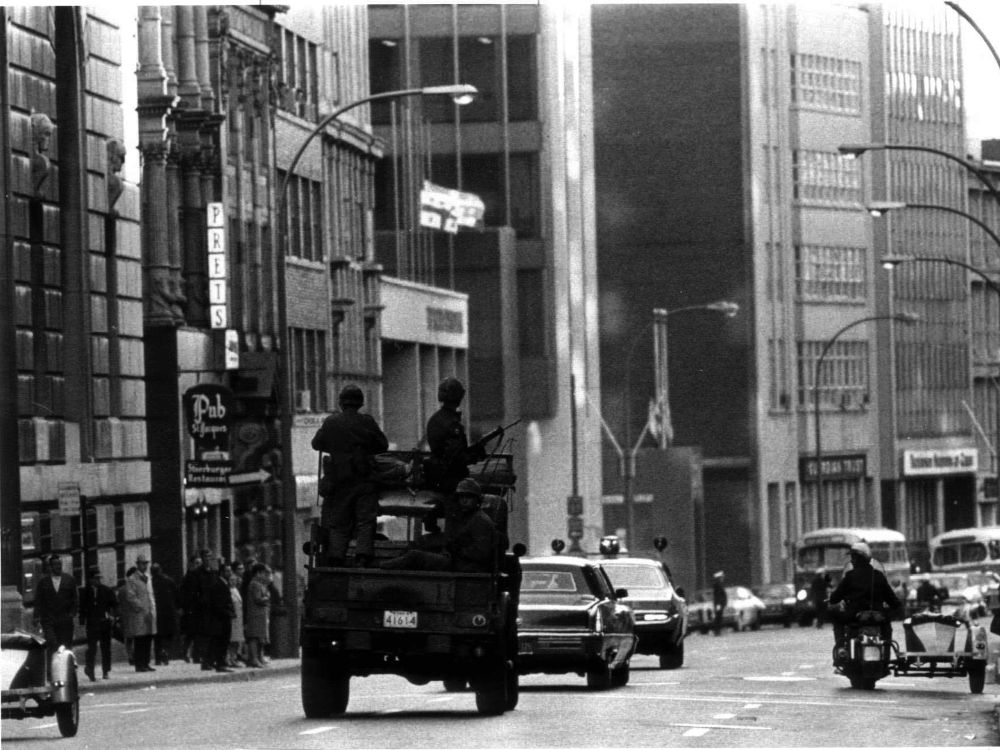The Army Reserve has enough problems without being shoehorned into yet another purposeless and unstructured model.
First of all, the CAR's establishment varied with the season. It was constantly rejigged and, more often than not, for no reason that had its genesis in an actual attempt to improve its organizational efficiency. Usually the reorgs were based on issued relating back to its three parent regiments, CAF manpower issues and a changing CAF mission focus.
Secondly the CAR's organizational structure offers zero advantage over a light infantry battalion once you strip away the airborne aspect. In many ways its not as robust. As far as the Cdo itself is concerned it was nothing but, more or less (depending on time and place), than a light rifle company.
There is no advantage to having self-contained sub-units (with engr, arty, armour etc grafted in). It reduces flexibility while putting an excessive burden on the sub-unit in developing the technical expertise of these specialists. A commando is no more self sufficient or able to operate independently than a light rifle company. It needed the CS and CSS that the CAR and higher formations provided.
There is nothing that the suggested model could do that couldn't be done by fully manned brigades whose battalions and regiments have company sized sub-units distributed in small armories around the region.
On the other hand there is one thing such distributed brigades can do which your 51 commandos can't do - come together as fully functioning battalions or brigades if and when necessary.




